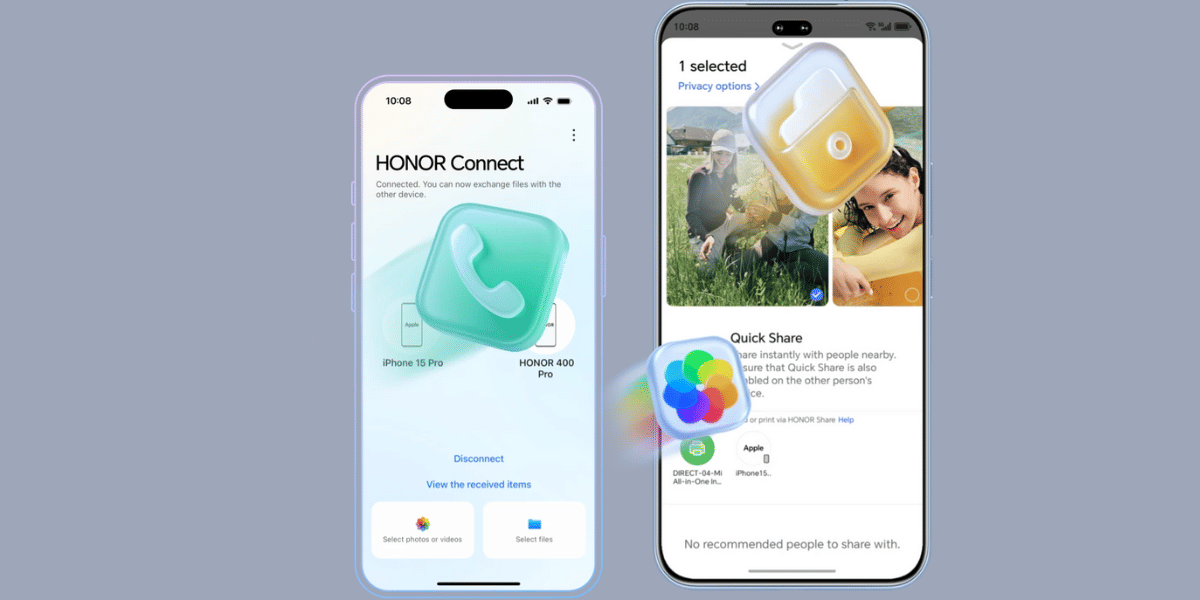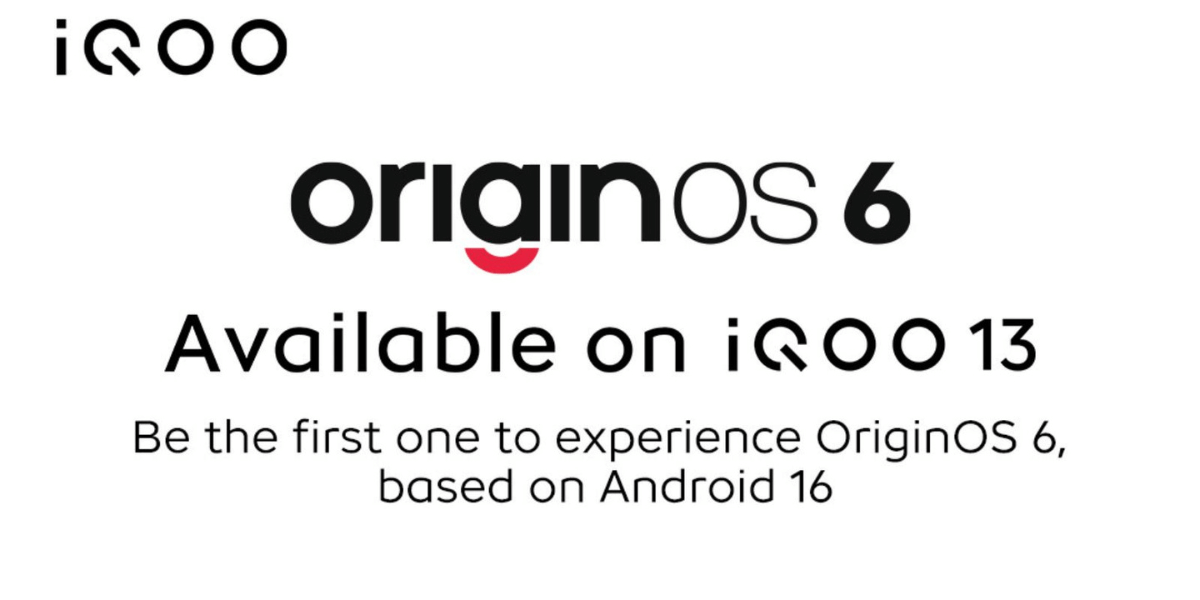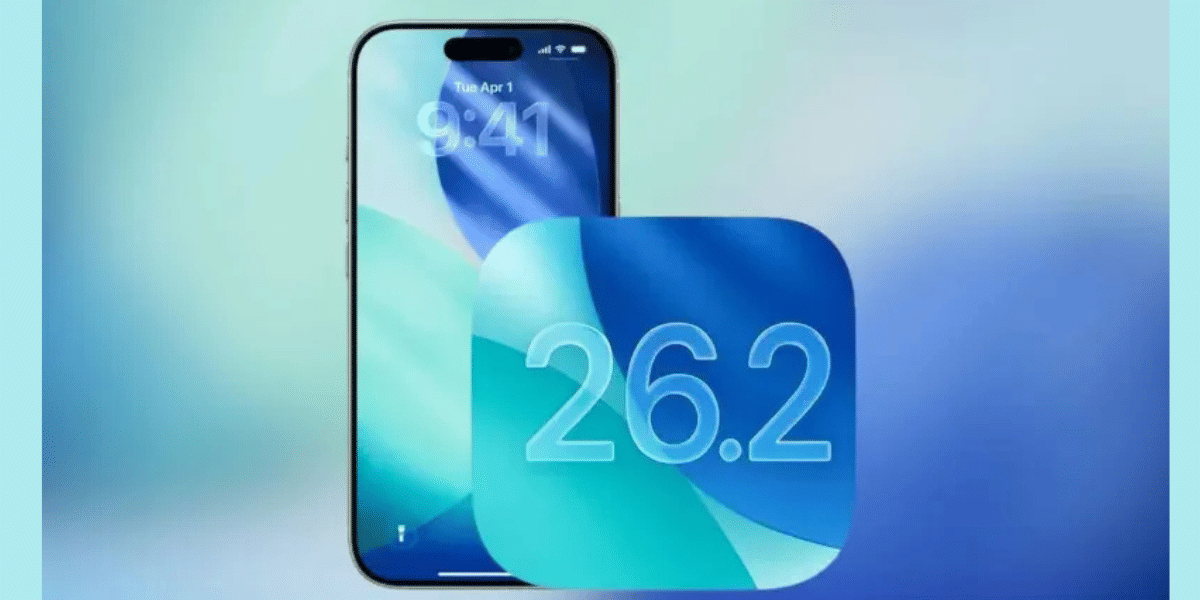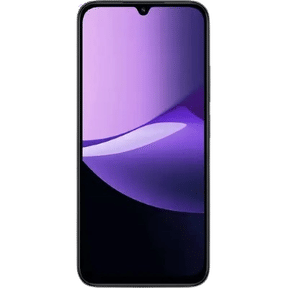In the fast-paced world of technology, AI has emerged as a pivotal focus for tech companies, and Apple, the renowned California-based giant, is no exception. Recent reports have indicated that Apple has been working on its ambitious AI tool artificial intelligence project, known as “Apple GPT” or “Apple Generative Pre-trained Transformer.” At first glance, this could be understood as a cutting-edge initiative that appears to be geared towards competing with successful AI tools and chatbots, including OpenAI’s ChatGPT.
Officially, Apple has remained mum about this although the development of Apple GPT signals the company’s serious commitment to embracing the AI race and revolutionising how users interact with their devices. Very recently the company finally embraced the evolving world of mixed reality platforms via its Apple Vision Pro headset. Now a push for LLM-based AI models seems as the next step. In this article, let’s delve into all the available information on Apple GPT, exploring its potential impact and significance in the ever-evolving landscape of artificial intelligence.
Also read: Apple Air Tag: 6 Best Uses To Simplify Your Life
What do we know so far about Apple AI Tool/Apple GPT?
From these reports, it can be gathered that Apple has been actively engaged in AI projects over the past few months. However, as mentioned above, the company has yet to unveil a concrete strategy for developing a consumer product centred around the Apple AI tool- Apple GPT. It is very likely that this anticipated launch of AI chatbots in conjunction with Apple GPT should not be expected at least until the following year, possibly in late 2024.
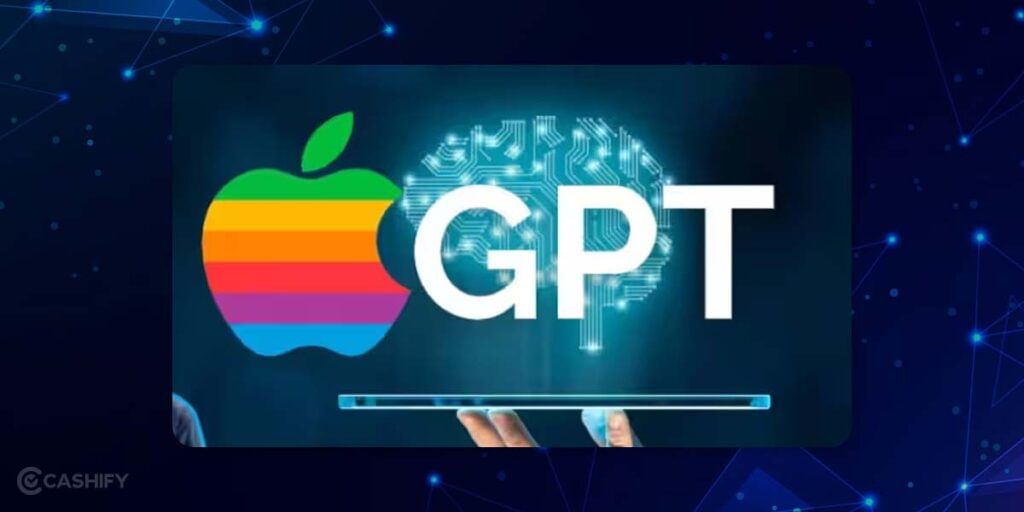
For the here and now we can speculate that Apple is primarily utilising the technology for product prototyping purposes and possibly granting exclusive access to the internal chatbot to its employees. It appears that the output generated by Apple GPT is not directly incorporated into new features for customers’ use.
Also read: Best Watch Faces For Your Apple Watch
The basic core foundation of Apple AI tool is tied up within the company’s “Ajax” framework, a specialised system that is tailored to accommodate large language models similar to other prominent AI systems in the market.
Apple’s AI development has taken a cautious approach, with a strong emphasis on privacy over sheer functionality. Despite experimenting with OpenAI’s technology for corporate teams, the company did not proceed with a contract, opting instead to utilize Google’s Jax machine learning framework running on the Google Cloud infrastructure to build its platform.
Potential Benefits Of Apple GPT
Throughout its history, Apple has often faced criticism for the perceived lagging capabilities of Siri, its personal assistant, in comparison to its competitors. As such, Apple CEO Tim Cook has openly acknowledged the need to address AI domain issues and emphasised a thoughtful and deliberate approach to its development. The company has been steadily incorporating machine learning-based features into its products through software iterations. An example of this is iOS 17 which introduced enhancements in the form of predictive text functionality, Visual Lookup, and photo identification.
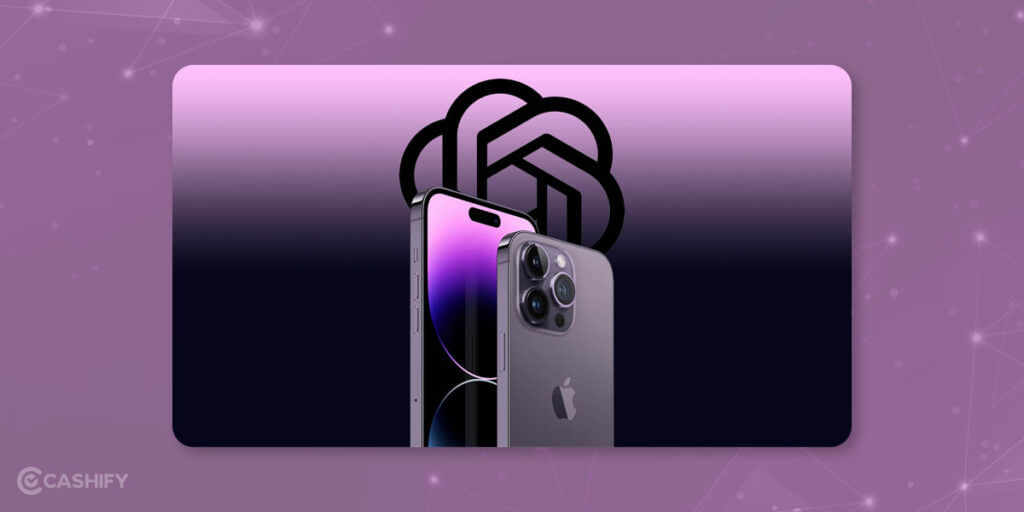
Also read: JioBook Laptop: Launch Date, Price, Specs & All You Need To Know
Reports suggest that the response in the Apple community is not coc some users are eagerly awaiting improvements to Siri’s capabilities before fully embracing Apple GPT. The tight integration of Siri within Apple’s ecosystem makes it a valuable feature, and many users hope for significant enhancements to improve their experience.
The idea of merging a voice assistant with powerful generative AI capabilities holds promise. This fusion of Siri’s voice interface with Apple GPT’s generative AI capabilities could offer a more natural and dynamic conversational experience for Apple device users, further integrating them into Apple’s ecosystem.
Also read: Amazon Prime Day Sale Teases Incredible Deal On iPhone 14!
While the specifics of the Apple AI tool are yet to be disclosed, the groundwork being laid suggests that the company is determined to make significant strides in the realm of artificial intelligence. By harnessing the capabilities of Apple GPT, the tech giant may potentially revolutionise user experiences and interactions with their devices, taking a leap forward in the ever-evolving landscape of AI technology.
Relationship between ChatGPT and Apple GPT
There are a few things that both these LLMs have in common. For example, ChatGPT and Apple GPT are both built upon the transformer architecture, which gives them the capability of understanding and generating text. Being LLM’s they both leverage large-scale pre-training on diverse datasets to achieve impressive language comprehension capabilities. Additionally, both technologies aim to enhance conversational AI experiences, enabling users to interact with AI systems in a more natural and intuitive manner.

Also read: Top 5 Best VPNs To Play PUBG Mobile In India (Free and Paid)
However, there are also key differences between the two. OpenAI developed ChatGPT as a standalone service accessible to developers and users across different platforms. In contrast, the Apple AI tool appears to be an in-house AI project within Apple, with the intention of integrating the technology more deeply into its ecosystem, particularly to enhance Siri’s capabilities. Whether Apple plans to start a new product line with the integration of Apple AI tool is something that is not known as of now. Even so, it is beyond doubt that when Apple’s LLM comes into play, only Apple users will tend to benefit from it.
Summary: Apple AI Tool
As the AI landscape continues to evolve, the development of ChatGPT and Apple GPT actually makes a point for the constant drive for innovation and improvement in the AI domain. Whether it’s the open accessibility of ChatGPT or the potential impact of Apple GPT within the Apple ecosystem, these advancements serve as pivotal steps toward a more intelligent and user-friendly AI future. With each technology pushing the boundaries of what is possible in conversational AI, users can look forward to more personalized and seamless interactions with AI systems in the years to come.


























